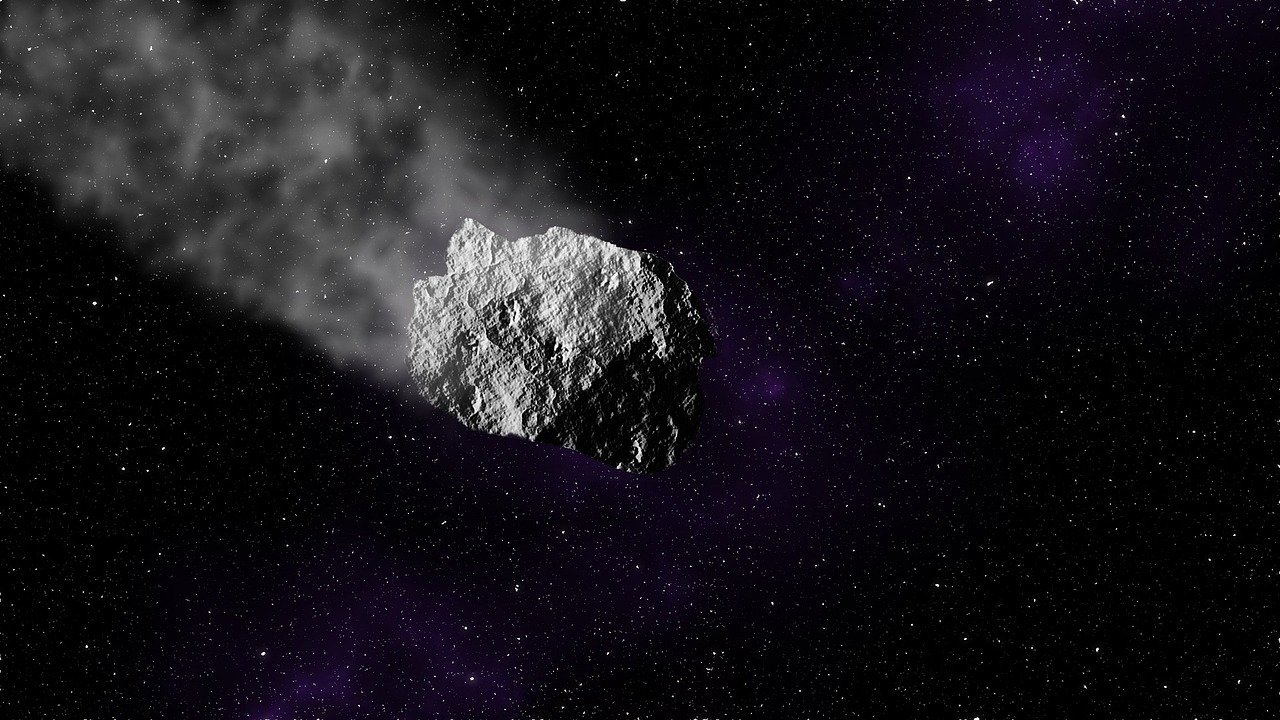The asteroid “Bennu,” also called the “doomsday asteroid,” comes dangerously close to the Earth. NASA is watching the celestial body closely.
NASA watches the celestial body closely because the jet-black asteroid comes dangerously close to Earth. “Bennu” has a length of 800 meters and weighs 60 million tons. Now, scientists have calculated the exact date when the XXL chunk could hit us.
According to the results of the study published in the scientific journal “Icarus,” the risk of an impact by the year 2300 is 1 in 1750. Earlier studies were more optimistic: experts previously assumed that the probability of a collision was 1 in 2,700 by the year 2200. Accordingly, the highest risk of an impact occurs on September 24, 2182 – on that day (a Tuesday), the probability is 0.037 percent.
If this were to happen, the “doomsday asteroid” would unleash the power of 22 nuclear bombs. To avert this nightmare scenario, NASA has been working for years to study the dangerous celestial body in more detail and, in the best-case system, to divert it from its crash course with our Earth.
A solar flare even rips off the tail of a comet.
In 2016, the U.S. space agency launched the OSIRIS-REx probe (the acronym stands for Origins, Spectral Interpretation, Resource Identification, Security-Regolith Explorer) sent to “Bennu.” Using a robotic arm, it touched the asteroid’s surface for about five seconds, ejecting pressurized nitrogen to stir up sample material, which was then collected.
“With the OSIRIS-REx data, we can test the limits of our models and calculate the future trajectory of Bennu to 2135 with very high confidence,” study leader Davide Farnocchia of the Center for Near Earth Object Studies (CNEOS) said.
- source: heute.at/picture: pixabay.com
This post has already been read 1785 times!



